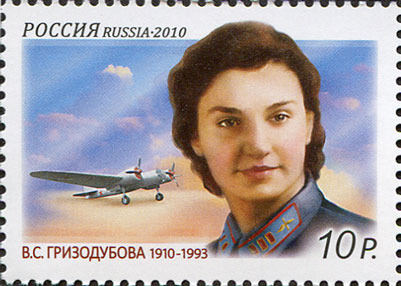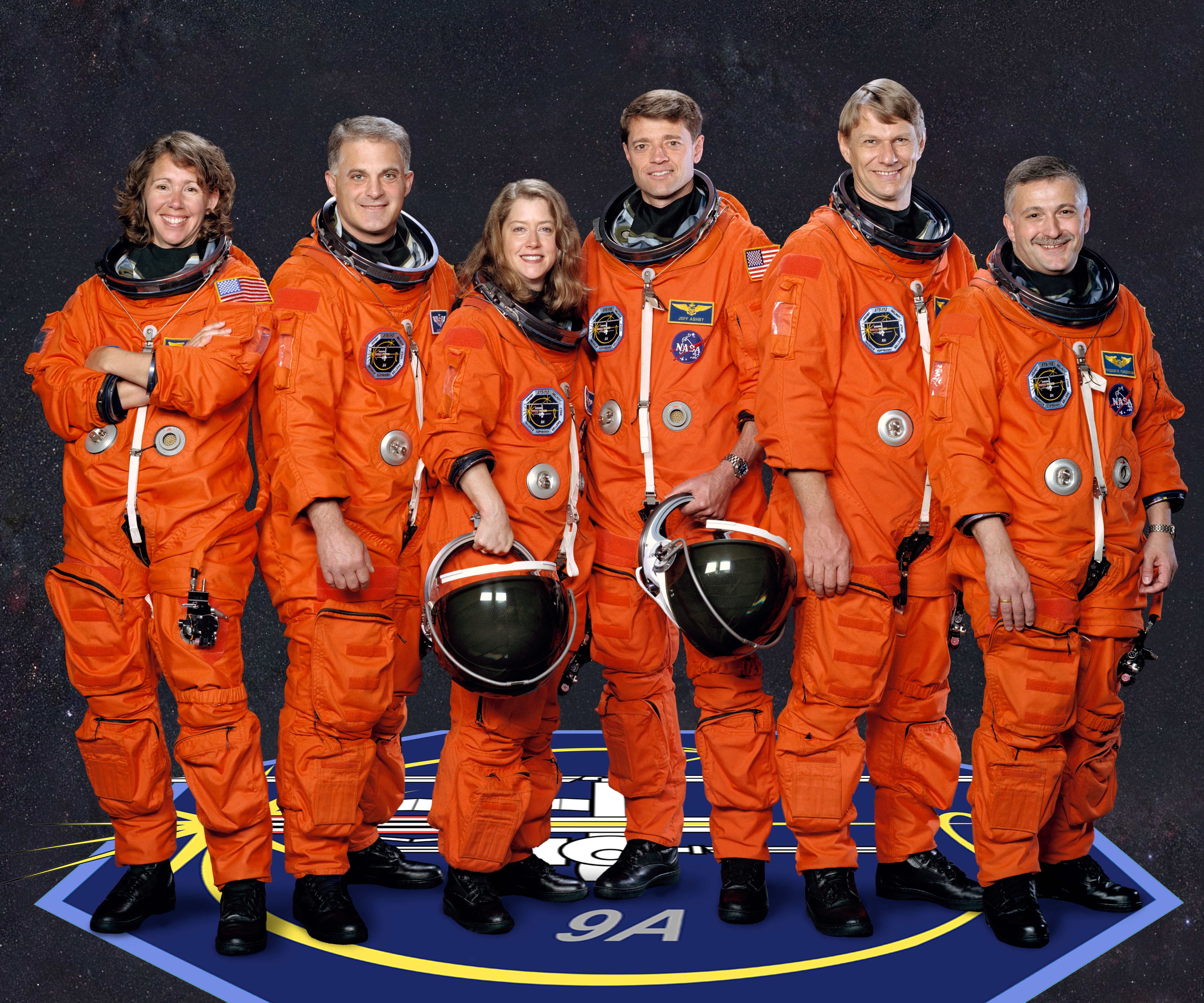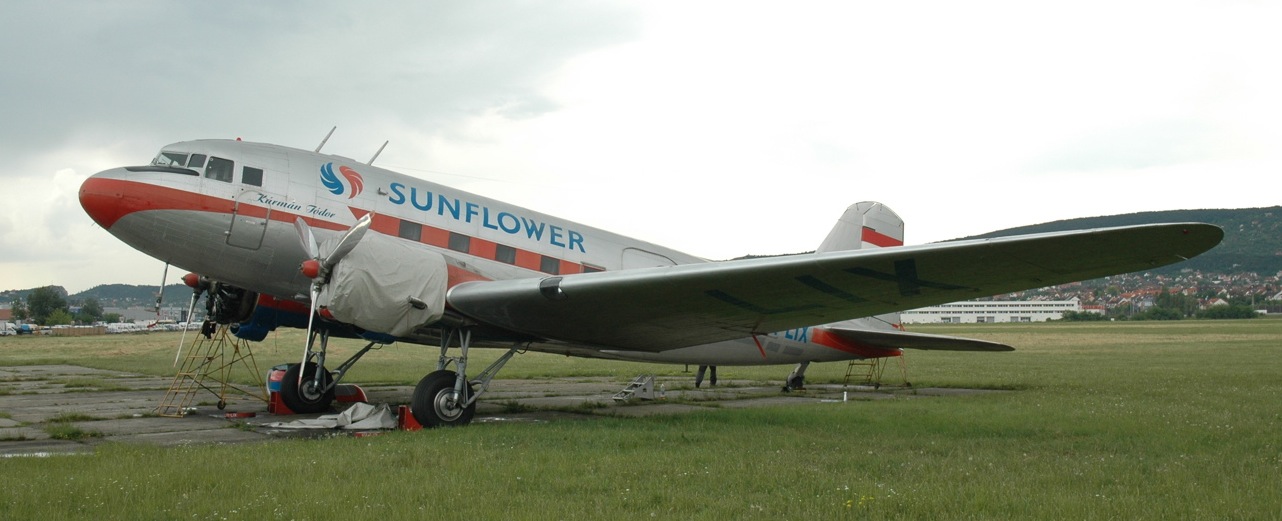|
Valentina Grizodubova
Valentina Stepanovna Grizodubova (russian: Валенти́на Степа́новна Гризоду́бова, uk, Валентина Степанівна Гризодубова ''Valentyna Stepanivna Hryzodubova''; in Kharkov – 28 April 1993 in Moscow) was one of the first female pilots in the Soviet Union awarded the title Hero of the Soviet Union and the only female Hero of the Soviet Union to also be awarded the title Hero of Socialist Labour. Early life and pre-war career Born in Kharkiv, in the Kharkov Governorate of the Russian Empire (present-day Ukraine), she was the daughter of Stepan Vasilyevich Grizodubov, a pioneer aircraft-designer. At the age of fourteen, she flew a glider solo. She played piano and graduated from a conservatory as well as from the Kharkov Technical Institute. She spoke several foreign languages. In 1929, she graduated from the Penza Flying Club of the paramilitary association OSOAVIAKHIM, ''OSOAVIAKhIM''. She also trained at the Kharkov Flight ... [...More Info...] [...Related Items...] OR: [Wikipedia] [Google] [Baidu] |
Kharkiv
Kharkiv ( uk, wikt:Харків, Ха́рків, ), also known as Kharkov (russian: Харькoв, ), is the second-largest List of cities in Ukraine, city and List of hromadas of Ukraine, municipality in Ukraine.Kharkiv "never had eastern-western conflicts" ''Euronews'' (23 October 2014) Located in the northeast of the country, it is the largest city of the historic Sloboda Ukraine, Slobozhanshchyna region. Kharkiv is the administrative centre of Kharkiv Oblast and of the surrounding Kharkiv Raion. The latest population is Kharkiv was founded in 1654 as Kharkiv fortress, and after these humble beginnings, it grew to be a major centre of industry, trade and Ukrainian culture in the Russian Empire. At the beginning of the 20th century, ... [...More Info...] [...Related Items...] OR: [Wikipedia] [Google] [Baidu] |
Aktobe
Aktobe ( kz, Ақтөбе, Aqtöbe; russian: Актобе, Aktobe) is a city on the Ilek River in Kazakhstan. It is the administrative center of Aktobe Region. In 2020, it had a population of 500,757 people. Aktobe is located in the west of Kazakhstan. The area of the city is about 428,469 km2. There are two water reservoirs: Aktobe and Sazdy. Aktobe ranks fourth among the cities of Kazakhstan in terms of population and is the largest city in western Kazakhstan. The city's populace is ethnically diverse, with 79% being Kazakhs and 14.8% being Russians. The predominant religions are Islam and Christianity. The agglomeration of Aktobe is expected to grow up to 1.3 million people, including nearby settlements. Etymology The name "Aktobe" comes from Kazakh "ақ" (white) and "төбе" (hill); the name is a reference to the heights on which the original 19th century settlement was located. Until 1999 it was officially known as Aktyubinsk (russian: Актюбинск). The form ... [...More Info...] [...Related Items...] OR: [Wikipedia] [Google] [Baidu] |
Radio Operator
A radio operator (also, formerly, wireless operator in British and Commonwealth English) is a person who is responsible for the operations of a radio system. The profession of radio operator has become largely obsolete with the automation of radio-based tasks in recent decades. Nevertheless, radio operators are still employed in maritime and aviation fields. In most cases radio transmission is now only one of several tasks of a radio operator. In the United States, the title of Certified Radio Operator is granted to those who pass a test issued by the Society of Broadcast Engineers. The role of 'Wireless Operator' aboard aircraft during WWII was often abbreviated to 'WOp' or 'WOP' in official documents or obituaries. See also * Wireless telegraphy * Wireless (other) Wireless refers to the transfer of information signals without using wires. The term may also refer to: Electronic communications * Wireless LAN, a wireless local-area computer network * Wirele ... [...More Info...] [...Related Items...] OR: [Wikipedia] [Google] [Baidu] |
Navigator
A navigator is the person on board a ship or aircraft responsible for its navigation.Grierson, MikeAviation History—Demise of the Flight Navigator FrancoFlyers.org website, October 14, 2008. Retrieved August 31, 2014. The navigator's primary responsibility is to be aware of ship or aircraft position at all times. Responsibilities include planning the journey, advising the ship's captain or aircraft commander of estimated timing to destinations while en route, and ensuring hazards are avoided. The navigator is in charge of maintaining the aircraft or ship's nautical charts, nautical publications, and navigational equipment, and they generally have responsibility for meteorological equipment and communications. With the advent of satellite navigation, the effort required to accurately determine one's position has decreased by orders of magnitude, so the entire field has experienced a revolutionary transition since the 1990s with traditional navigation tasks, like performing c ... [...More Info...] [...Related Items...] OR: [Wikipedia] [Google] [Baidu] |
Co-pilot
In aviation, the first officer (FO), also called co-pilot, is the pilot who is second-in-command of the aircraft to the captain, who is the legal commander. In the event of incapacitation of the captain, the first officer will assume command of the aircraft. Control of the aircraft is normally shared equally between the first officer and the captain, with one pilot normally designated the "pilot flying" and the other the "pilot not flying", or "pilot monitoring", for each flight. Even when the first officer is the flying pilot, however, the captain remains ultimately responsible for the aircraft, its passengers, and the crew. In typical day-to-day operations, the essential job tasks remain fairly equal. Traditionally, the first officer sits on the right-hand side of a fixed-wing aircraft ("right seat") and the left-hand side of a helicopter (the reason for this difference is related to, in many cases, the pilot flying being unable to release the right hand from the cyclic con ... [...More Info...] [...Related Items...] OR: [Wikipedia] [Google] [Baidu] |
Aviators
An aircraft pilot or aviator is a person who controls the flight of an aircraft by operating its directional flight controls. Some other aircrew members, such as navigators or flight engineers, are also considered aviators, because they are involved in operating the aircraft's navigation and engine systems. Other aircrew members, such as drone operators, flight attendants, mechanics and ground crew, are not classified as aviators. In recognition of the pilots' qualifications and responsibilities, most militaries and many airlines worldwide award aviator badges to their pilots. History The first recorded use of the term ''aviator'' (''aviateur'' in French) was in 1887, as a variation of ''aviation'', from the Latin ''avis'' (meaning ''bird''), coined in 1863 by in ''Aviation Ou Navigation Aérienne'' ("Aviation or Air Navigation"). The term ''aviatrix'' (''aviatrice'' in French), now archaic, was formerly used for a female aviator. These terms were used more in the earl ... [...More Info...] [...Related Items...] OR: [Wikipedia] [Google] [Baidu] |
Crew
A crew is a body or a class of people who work at a common activity, generally in a structured or hierarchical organization. A location in which a crew works is called a crewyard or a workyard. The word has nautical resonances: the tasks involved in operating a ship, particularly a sailing ship, providing numerous specialities within a ship's crew, often organised with a chain of command. Traditional nautical usage strongly distinguishes officers from crew, though the two groups combined form the ship's company. Members of a crew are often referred to by the title ''crewman'' or ''crew-member''. ''Crew'' also refers to the sport of rowing, where teams row competitively in racing shells. See also *For a specific sporting usage, see rowing crew. *For filmmaking usage, see film crew. *For live music usage, see road crew. *For analogous entities in research on human judgment and decision-making, see team and judge–advisor system. *For stagecraft usage, see stage crew. *For vide ... [...More Info...] [...Related Items...] OR: [Wikipedia] [Google] [Baidu] |
Douglas DC-3
The Douglas DC-3 is a propeller-driven airliner manufactured by Douglas Aircraft Company, which had a lasting effect on the airline industry in the 1930s to 1940s and World War II. It was developed as a larger, improved 14-bed sleeper version of the Douglas DC-2. It is a low-wing metal monoplane with conventional landing gear, powered by two radial piston engines of . (Although most DC-3s flying today use Pratt & Whitney R-1830 Twin Wasp engines, many DC-3s built for civil service originally had the Wright R-1820 Cyclone.) The DC-3 has a cruising speed of , a capacity of 21 to 32 passengers or 6,000 lbs (2,700 kg) of cargo, and a range of , and can operate from short runways. The DC-3 had many exceptional qualities compared to previous aircraft. It was fast, had a good range, was more reliable, and carried passengers in greater comfort. Before the war, it pioneered many air travel routes. It was able to cross the continental United States from New York to Los An ... [...More Info...] [...Related Items...] OR: [Wikipedia] [Google] [Baidu] |
Lisunov Li-2
The Lisunov Li-2 (NATO reporting name: Cab), originally designated PS-84, was a license-built Soviet-version of the Douglas DC-3. It was produced by Factory #84 in Khimki, Moscow-Khimki and, after evacuation in 1941, at Tashkent Aviation Production Association, TAPO in Tashkent. The project was directed by aeronautical engineer Boris Lisunov, Boris Pavlovich Lisunov. Design and development The Soviet Union received its first Douglas DC-2, DC-2 in 1935. A total of 18 DC-3s had been ordered on 11 April 1936, and the government of the USSR purchased 21 DC-3s for operation by Aeroflot before World War II. A production license was awarded to the government of the USSR on 15 July 1936. Lisunov spent two years at the Douglas Aircraft Company, between November 1936 and April 1939 translating the design. One of the engineers who accompanied him to Douglas was Vladimir Mikhailovich Myasishchev. Design work and production were undertaken at State Aviation Factory 84 in Khimki (now a ... [...More Info...] [...Related Items...] OR: [Wikipedia] [Google] [Baidu] |
Red Army
The Workers' and Peasants' Red Army (Russian: Рабо́че-крестья́нская Кра́сная армия),) often shortened to the Red Army, was the army and air force of the Russian Soviet Federative Socialist Republic and, after 1922, the Union of Soviet Socialist Republics. The army was established in January 1918. The Bolsheviks raised an army to oppose the military confederations (especially the various groups collectively known as the White Army) of their adversaries during the Russian Civil War. Starting in February 1946, the Red Army, along with the Soviet Navy, embodied the main component of the Soviet Armed Forces; taking the official name of "Soviet Army", until its dissolution in 1991. The Red Army provided the largest land force in the Allied victory in the European theatre of World War II, and its invasion of Manchuria assisted the unconditional surrender of Imperial Japan. During operations on the Eastern Front, it accounted for 75–80% of casual ... [...More Info...] [...Related Items...] OR: [Wikipedia] [Google] [Baidu] |
Soviet Ruble
The ruble or rouble (russian: рубль) was the currency of the Soviet Union, introduced in 1922, replacing the Imperial Russian ruble. One ruble was divided into 100 kopecks ( – ''kopeyka'', ''kopeyki''). Soviet banknotes and coins were produced by the Federal State Unitary Enterprise (or Goznak) in Moscow and Leningrad. In addition to regular cash rubles, other types of rubles were also issued, such as several forms of ''convertible ruble'', transferable ruble, clearing ruble, Vneshtorgbank cheque, etc.; also, several forms of virtual rubles (called "cashless ruble", ) were used for inter-enterprise accounting and international settlement in the Comecon zone. In 1991, after the dissolution of the Soviet Union, the Soviet ruble continued to be used in the post-Soviet states, forming a "ruble zone", until it was replaced with the Russian ruble in September 1993. Etymology The word ''ruble'' is derived from the Slavic verb , ''rubit''', i.e., 'to chop'. Historically, a " ... [...More Info...] [...Related Items...] OR: [Wikipedia] [Google] [Baidu] |








_5.jpg)


